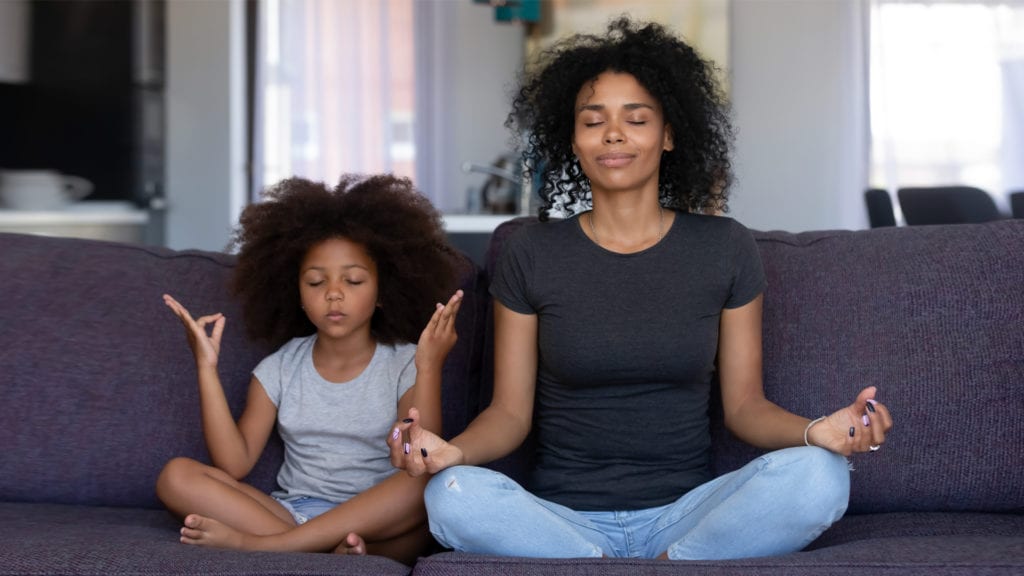COVID-19 has made us rethink a lot of behavior: mobility, socialization, spending habits—the list goes on. But perhaps one of the biggest shifts is the way we view and act on our health and well-being. From wearing a mask to protect the health of others to boosting our own immune systems at home, each day new desires and demands surface, causing consumers to pause and reflect. As a result, many of us are setting new guiding principles for proactively safeguarding our health and wellness—as well as that of our families and communities.

As both consumers and communications experts, we realize this is a watershed moment for the wellness movement. But what should brands be doing about it? We believe there is a growing imperative for brands to create a stronger purpose—to focus on the consumer’s whole self and their care journey rather than equating being healthy with looking fit and eating well. We’ve learned this journey actually takes many different twists and turns. It doesn’t represent a typical beginning and end at all, but rather is guided by elements like lifestyle choices, societal factors, the political environment and science.
Brands may be asking themselves, especially in relation to an ongoing pandemic, “How is the perception of wellness changing? And how should we evolve our marketing and communications in response?” The following are key insights on the standardization of wellness we see taking place right now:
Wellness is no longer just a luxury lifestyle accessory.
And today, it’s essential in driving our emotional, physical, mental and even sexual health as we relate to ourselves and others. More than expensive fads touted by celebrities, today’s wellness practices have become less elitist and more forgiving. A person’s wellness journey has always been personal; however, it now comes with less judgement and fewer lofty expectations as we navigate the best daily practices for our own unique needs.
Wellness is a necessary public health act.
We simply can’t be working in two different swim lanes now. Physical and mental health are inextricably entwined. Consumers are becoming more educated and self-empowered to ensure they’re properly taking care of themselves with greater focus on physical and mental health and wellness.
Wellness is an essential need for people from all parts of society, especially during this pandemic. And access to wellness is a critical issue during a crisis that is shining a spotlight on widespread stress, anxiety, isolation and the importance of maintaining physical health and having access to support services.
The practice of wellness has expanded.
We now live almost entirely digital lives, which has sped up a shift in the wellness paradigm. Our devices are bringing us capabilities to self-care we’ve never had before, no matter where we live. It’s a destination (and the journey to get there) without geographic boundaries, and it’s a more acceptable practice that can span socioeconomic boundaries. There is greater access to wellness everywhere you look and greater interest from broader audiences to adopt wellness practices—from exercise to diet to supplements to mental health practices.
During this challenging time, the concept of wellness is broadening and being pressure-tested like never before. The base of consumers who want to access wellness is expanding to include many non-traditional audiences. For brands in the wellness industry or those in other industries offering related products, there is a major opportunity to play a role in the new standardization of wellness.
Ketchum’s Health, Innovation & Wellness team at Ketchum is here to help. We’d love to help you map out and navigate your brand’s journey to ensure that you stay front and center for every wellness seeker. If you’d like to discuss, get in touch with Ariana Macrina and Bryan deCastro.




